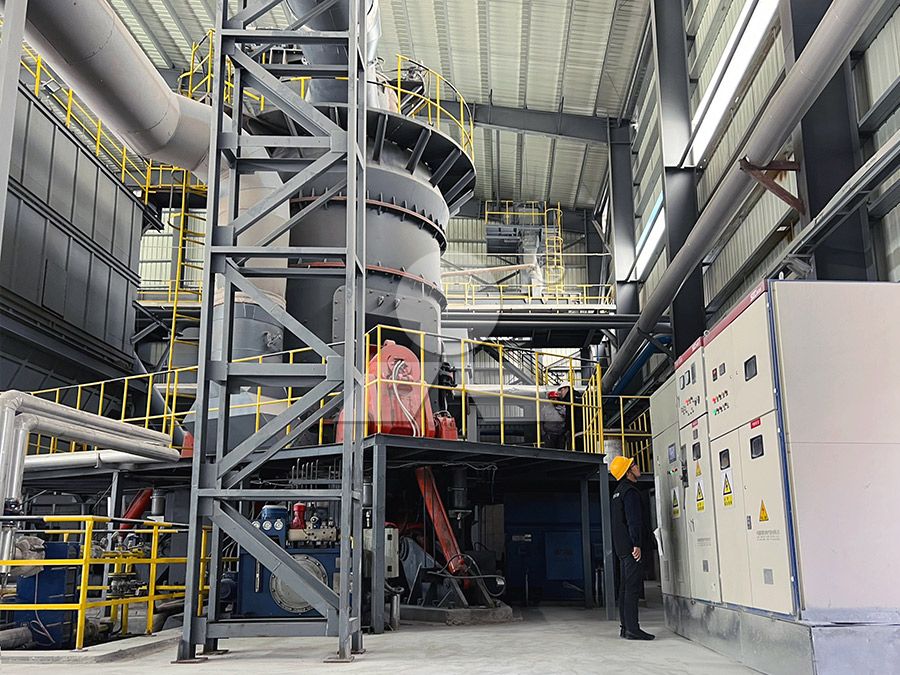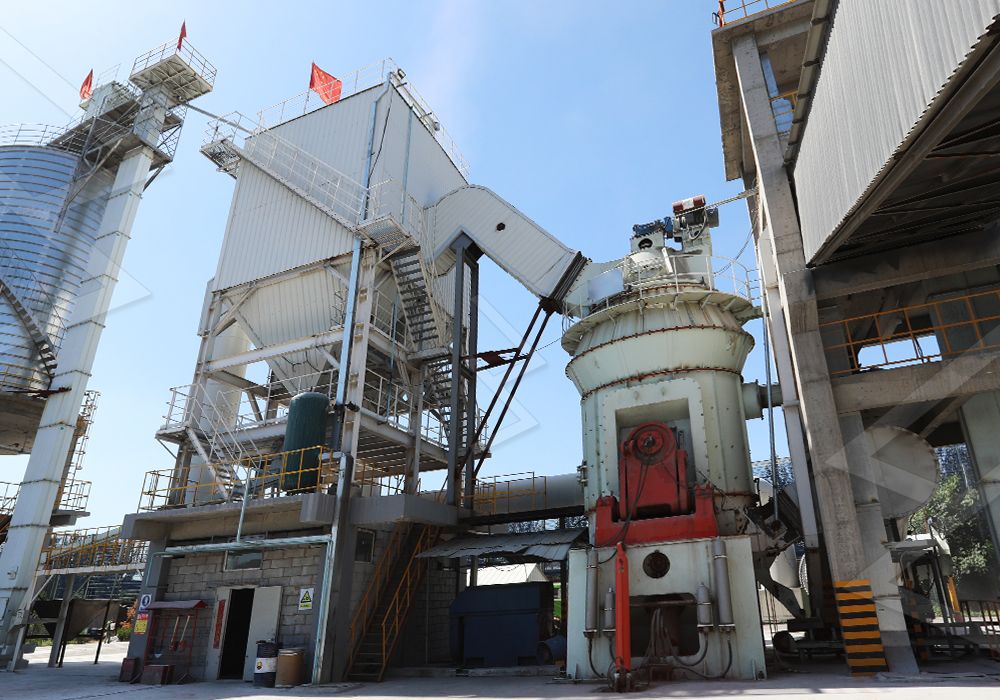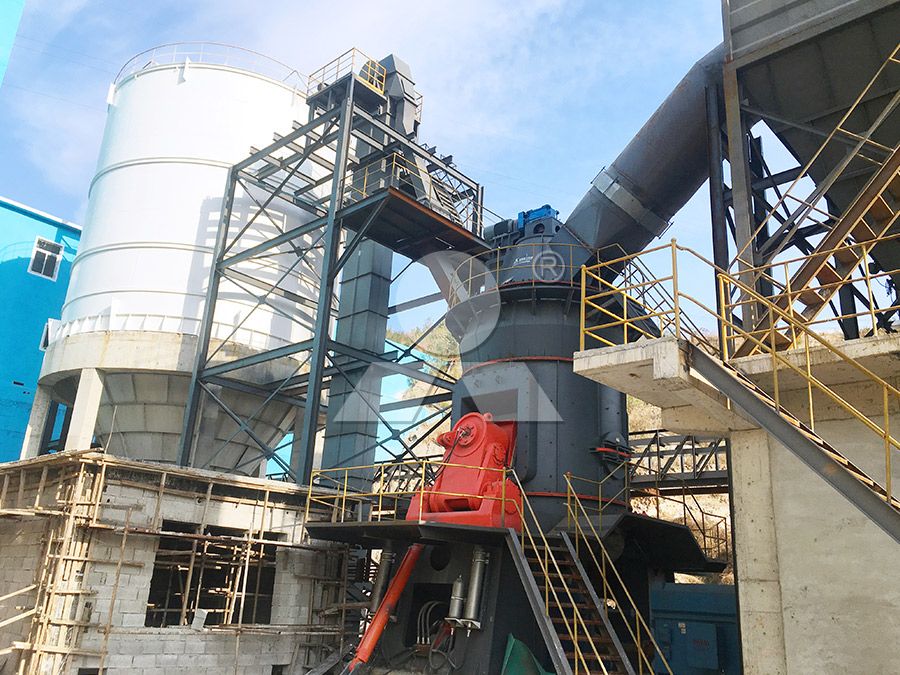How Does Slag Grinding Mill Equipment Work? Process Flow Explained
How Does Slag Grinding Mill Equipment Work? Process Flow Explained
Slag grinding represents a critical process in modern industrial operations, transforming industrial byproducts into valuable materials for construction and manufacturing. Understanding the mechanics behind slag grinding mill equipment reveals why specific technologies deliver superior results in processing challenging materials like blast furnace slag and steel slag.
The Fundamental Grinding Process
At its core, slag grinding involves reducing slag particles to fine powder through mechanical forces. The process begins with raw slag material being fed into the mill’s grinding chamber, where rotating grinding elements apply compressive and shear forces to break down the material. The specific mechanism varies depending on the mill type, but all systems share the common goal of particle size reduction.

In vertical grinding mills, which have become the industry standard for slag processing, materials enter through a central feed pipe and fall onto the rotating grinding table. Centrifugal force moves the material outward under heavy grinding rollers, which exert tremendous pressure to crush the slag. Simultaneously, hot gas flow entering through the annular space around the grinding table dries the material and transports the ground particles upward to the classifier.
Key Stages in Slag Grinding
The complete slag grinding process encompasses several distinct stages:
- Pre-crushing: Large slag pieces are initially reduced to manageable sizes (typically under 50mm) using crushers before entering the grinding mill.
- Drying and Grinding: As the material is ground, hot gases simultaneously dry the slag, reducing moisture content to optimal levels for final product quality.
- Classification: An integrated classifier separates properly ground particles from those requiring further reduction, ensuring consistent product fineness.
- Collection: Fine slag powder is collected in bag filters or cyclones, while oversized particles are returned to the grinding zone for further processing.
Advanced Mill Technologies for Superior Performance
Modern slag grinding mills incorporate sophisticated technologies to enhance efficiency and reliability. Our LM Vertical Slag Mill exemplifies this evolution, specifically engineered for industrial waste grinding applications. With an input size capacity of 38-65mm and throughput ranging from 7-100 tons per hour, this system integrates drying, grinding, powder selection, and conveying in a single compact unit.

The LM Vertical Slag Mill’s unique grinding device achieves integration of grinding and powder selection, reducing the covered area by approximately 50% compared to ball mill systems while cutting energy consumption by 30-40%. Its negative-pressure air-sweep design ensures no dust spillage during operation, meeting stringent environmental standards.
For operations requiring ultra-fine powder production, our MW Ultrafine Grinding Mill offers exceptional capabilities with adjustable fineness between 325-2500 meshes. This machine features a cage-type powder selector incorporating German technology that effectively increases powder separation precision. The absence of rolling bearings and screws in the grinding chamber eliminates concerns about bearing damage or loose screws causing operational failures.
Operational Advantages of Modern Slag Mills
Contemporary slag grinding equipment delivers multiple benefits beyond basic particle size reduction:
- Energy Efficiency: Advanced grinding curves and optimized mechanical designs significantly reduce power consumption per ton of processed material.
- Environmental Compliance: Integrated dust collection systems and noise reduction technologies ensure operations meet environmental regulations.
- Product Quality: Precise classification systems produce slag powder with consistent particle size distribution, enhancing its value in downstream applications.
- Operational Reliability: Robust construction and thoughtful engineering minimize maintenance requirements and maximize equipment availability.

FAQ: Slag Grinding Mill Equipment
- What is the typical fineness achievable with modern slag grinding mills?
- Depending on the mill type, slag can be ground to fineness levels between 325 to 2500 meshes. Our MW Ultrafine Grinding Mill specifically offers adjustable fineness across this entire range with screening rates achieving d97≤5μm in a single pass.
- How does vertical mill technology benefit slag grinding compared to traditional ball mills?
- Vertical mills integrate multiple processes into a single unit, reducing footprint by approximately 50% and cutting energy consumption by 30-40%. They also offer superior drying capabilities and more precise particle size control.
- What maintenance advantages do modern slag mills offer?
- Designs like our LM Vertical Slag Mill feature accessible grinding elements and hydraulic systems that allow easy roller removal for maintenance. The absence of complex internal mechanisms in mills like the MW series eliminates common failure points.
- How do slag mills handle variations in feed material moisture?
- Integrated hot gas systems simultaneously dry and grind materials, efficiently handling moisture variations. The LM Vertical Slag Mill specifically operates as a negative-pressure air-sweep type grinding equipment designed for this dual purpose.
- What environmental considerations are addressed in modern slag grinding systems?
- Contemporary mills feature comprehensive dust collection, noise reduction technologies, and fully enclosed systems that prevent material escape. Our equipment meets national environmental protection standards with emissions far exceeding requirements.
